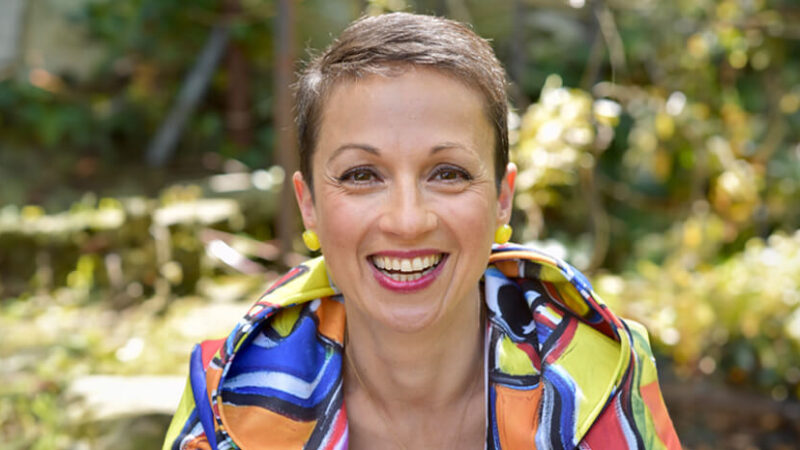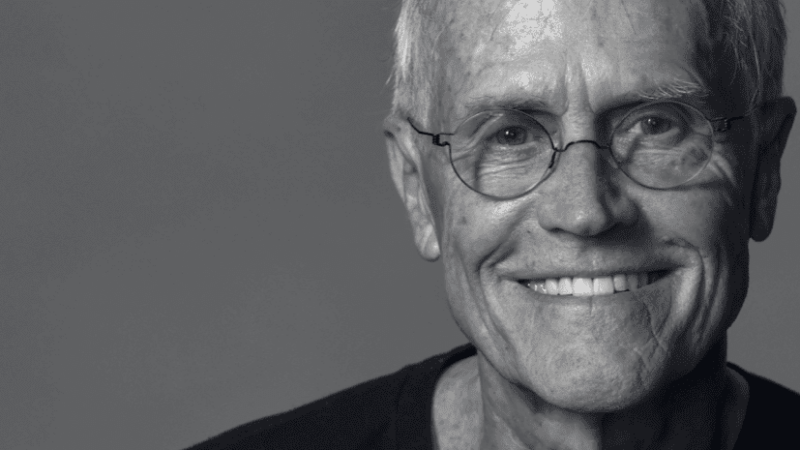-
E117: The Real Work: Letting Go from Within
Michael Singer — October 2, 2025
True spirituality isn’t about mystical experiences or lofty ideals—it’s about honestly facing...
-
Once More: Reflections on Reincarnation and the Gap Between Lives
Tami Simon — September 26, 2025
In this special reflection episode of Insights at the Edge host Tami Simon looks back on her...
-
Honey Tasting Meditation: Build Your Relationship with Sweetness
There is a saying that goes “hurt people hurt people.” I believe this to be true. We have been...
Written by:
Amy Burtaine, Michelle Cassandra Johnson
-
Many Voices, One Journey
The Sounds True Blog
Insights, reflections, and practices from Sounds True teachers, authors, staff, and more. Have a look—to find some inspiration and wisdom for uplifting your day.
Standing Together, and Stepping Up
Written By:
Tami Simon -
The Michael Singer Podcast
Your Highest Intention: Self-Realization
Michael Singer discusses intention—"perhaps the deepest thing we can talk about"—and the path to self-realization.
This Week:
E116: Doing the Best You Can: The Path to Liberation -
Many Voices, One Journey
The Sounds True Blog
Insights, reflections, and practices from Sounds True teachers, authors, staff, and more. Have a look—to find some inspiration and wisdom for uplifting your day.
Take Your Inner Child on Playdates
Written By:
Megan Sherer
600 Podcasts and Counting...
Subscribe to Insights at the Edge to hear all of Tami's interviews (transcripts available, too!), featuring Eckhart Tolle, Caroline Myss, Tara Brach, Jack Kornfield, Adyashanti, and many more.
Most Recent
Self-Love is a Superpower
Dear Sounds True friends,
I believe self-love is a superpower.
When we treat ourselves with kindness, it turns on the learning centers of the brain and gives us the resources to face challenges and learn from our mistakes. Transformation requires a compassionate mindset, not shame.
And yet, people often worry that self-love will make them lazy, self-indulgent, or self-absorbed. Science shows just the opposite: people with greater self-love are more compassionate toward others, more successful and productive, and more resilient to stress.
The best news of all: self-love can be learned. We can rewire the structure of our brain and strengthen the neural circuitry of love toward ourselves and others. Each time we practice self-love, we grow this pathway.
My new children’s book, Good Morning, I Love You, Violet!, offers a road map for strengthening your child’s brain circuitry of deep calm, contentment, and self-love.

It is built on principles of psychology and neuroscience and offers a simple yet powerful practice.

As a mother, when asked what I believe is the most important thing we can teach our children, I always answer “self-love.” Learning to be on our own team and to treat ourselves with kindness is life-changing. There is no greater gift we can give our children. There is no greater gift we can give ourselves.

May this book plant seeds of kindness that ripple out into the world.

Shauna Shapiro, PhD
P.S. I invite you to download a free coloring sheet from the book, created by illustrator Susi Schaefer, to enjoy with the children in your life.

Shauna Shapiro is a mother, bestselling author, professor, clinical psychologist, and internationally recognized expert in mindfulness and self-compassion. She lives in Mill Valley, California. Learn more at drshaunashapiro.com.
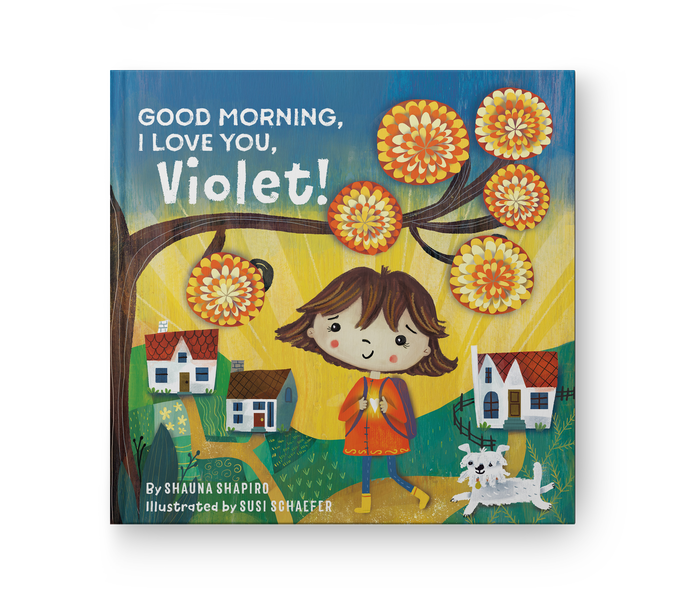
Learn More
Amazon | Barnes & Noble | Bookshop | Sounds True
Justin Michael Williams, Shelly Tygielski, and Mario V...
The end of racism—really? When your eyes stop rolling, tune in to this podcast to hear why it’s actually possible—in our lifetimes—to free our society from systemic racial oppression and injustice. In part one of this episode of Insights at the Edge, Tami Simon speaks with Justin Michael Williams and Shelly Tygielski about their new book, How We Ended Racism. In part two, filmmaker and activist Mario Van Peebles joins the conversation to share his own hope-giving perspective.
This stirring and uplifting podcast explores the five assumptions that perpetuate racism; the eight pillars of possibility; the pledge to help end racism; how our inner work relates to the outer change that we’re working toward; assertion versus assessment, and learning to recognize our own biases; shadow work and confronting the concept of supremacy; taking action where we’re standing right now; “loving with bigger arms”; crossing the divide within families; the metaphor of the inherited house; the practice of calling forward; intraconnection; the link between exposure and empathy; the SUSS process: State, Uncover, Synergize, and Select; and more.
Note: This episode originally aired on Sounds True One, where these special episodes of Insights at the Edge are available to watch live on video and with exclusive access to Q&As with our guests. Learn more at join.soundstrue.com.
Nataly Kogan: Living in a Friendly and Joy-Filled Univ...
What brings you your greatest joy? How do you access your inner “awesome”? Nataly Kogan has made it her life’s work to help people overcome burnout and break free from endless busyness. In this podcast, Tami Simon speaks with Nataly about her new book, The Awesome Human Journal, and the practical steps we can begin to take right now to shift out of self-defeating thought patterns (and their corresponding emotions), reclaim our energy, and share our gifts with the world.
Tune in as Tami and Nataly discuss insights from neuroscience that everyone should know; the human brain’s negativity bias; creating a better relationship with your thoughts—a key to well-being and emotional fitness; the worst-case scenario exercise; finding certainty in uncertain times; working within your sphere of impact; cultivating agency; freedom from skepticism and mistrust; living an aligned life in a universe that is friendly; energetic self-care; breaking the habit of denying ourselves joy; changing our habitual frame of reference to something positive and supportive; and more.
Note: This episode originally aired on Sounds True One, where these special episodes of Insights at the Edge are available to watch live on video and with exclusive access to Q&As with our guests. Learn more at join.soundstrue.com.
Customer Favorites
Decoding Your Emotional Blueprint
Judy Wilkins-Smith is a highly regarded organizational, individual, and family patterns expert. A systemic executive coach, trainer, facilitator, thought partner, and leadership conference and motivational speaker, she has 18 years of expertise in assisting high-performance individuals, Fortune 500 executives, and legacy families to end limiting cycles and reframe challenges into lasting breakthroughs and peak performance. She is the author of the book Decoding Your Emotional Blueprint: A Powerful Guide to Transformation Through Disentangling Multigenerational Patterns.
In this inspiring podcast, Sounds True’s founder, Tami Simon, speaks with Judy about the deep work of transforming our ancestral patterns on the path of personal evolution. They discuss Bert Hellinger and the creation of constellations and systems-based work; engaging in a multisensorial experience of your system; reengineering what we’ve inherited as truth; illuminating our “unconscious loyalties”; how we can take a “quantum leap” that serves the entire system; how every system has its clear rules—both spoken and unspoken; Judy’s teaching on “building the weight” and doing the things you never thought possible; a constellation exercise for feeling a greater sense of belonging in our families; epigenetics and the imprinting of generational behavioral patterns; what neuroscience tells us about rewiring our thoughts, feelings, and actions; laying down a triumphant path instead of a traumatic path; decoding our emotional blueprint when we have a health challenge; and more.
The Modern Science of Nostalgia
In the first two decades of this new century, the science of nostalgia has exploded. There are now hundreds of published scientific studies exploring a wide range of questions about how humans experience nostalgia and the different roles it plays in daily life. Scholars from all over the world are now conducting diverse studies about the ways nostalgia influences our lives.
Keeping in mind the history of nostalgia, it’s amazing what we are now learning. Nostalgia is certainly not a disease and it’s far more than just a source of entertainment. By using the gold standard of science—experiments in which research participants are randomly assigned to different treatment conditions—we’ve been able to answer a number of key questions. What causes people to experience nostalgia? How does nostalgia impact how people feel about their current lives? Does nostalgia influence our interests, goals, and behavior? If so, in what ways? Do the effects of nostalgia differ from person to person?
In addition to experimental studies, we have now conducted rigorous survey studies observing how nostalgia naturally occurs and what psychological characteristics, life experiences, and behaviors it tends to be associated with. This has helped us answer other intriguing questions. Are some individuals naturally more nostalgic than others? Is there a nostalgic personality type? Are people more or less nostalgic at different ages? Are people more or less nostalgic when experiencing different life changes such as moving away from home, starting a new career, facing personal tragedy and loss, or experiencing major life disruptions such as a global pandemic?
Over the last two decades, we have asked thousands of people to document their nostalgic memories. This has given us a great deal of insight into the more qualitative experience of nostalgia, which has in turn helped us develop a more complete picture of what happens inside a person’s mind when they take a nostalgic trip down memory lane. These personal stories have guided a lot of my research questions on the topic.
Combining these different approaches to researching nostalgia, mycolleagues and I have made a number of discoveries that cast this old emotional experience in a brand-new light. We’ve put nostalgia under the microscope, and what we’ve discovered is that nostalgia doesn’t cause problems as proposed by past scholars, physicians, and psychologists. On the contrary, problems cause nostalgia.
When people are down because they feel sad, lonely, meaningless, uncertain, or even just bored, they often turn to nostalgia. Nostalgia lifts our spirits and offers stability and guidance when life becomes chaotic and the future feels uncertain. Even though nostalgia contains sentiments of loss, it ultimately makes people feel happier, more authentic and self-confident, more loved and supported, and more likely to perceive life as meaningful. In addition, nostalgia inspires action. Nostalgia starts with people self-reflecting on cherished memories, but it also drives people to look outside of themselves, help others, create, and innovate.
Though I’ve been researching nostalgia for a couple of decades now, I’ve remained excited about the topic because there is still so much to learn and so many ways to apply the knowledge we’ve gained to helping people improve their lives and the world we all share.
Journal Prompts:
Get out a pen or pencil and a piece of paper; or use a digital device, such as a phone, tablet, or computer. Briefly jot down your reactions to the following questions:
- How would you define nostalgia?
- Do you consider yourself to be highly nostalgic, moderately nostalgic, or rarely nostalgic?
- Do you think the activities in which you engage in the present—from your work to your personal hobbies—are meaningfully influenced by nostalgia?
- Do you think nostalgia can help you pursue your current goals and make plans for the future? Finally, what is a nostalgic memory that really stands out as special to you? Describe this memory and how it makes you feel.
Excerpted from Past Forward: How Nostalgia Can Help You Live a More Meaningful Life by Clay Routledge, PhD.
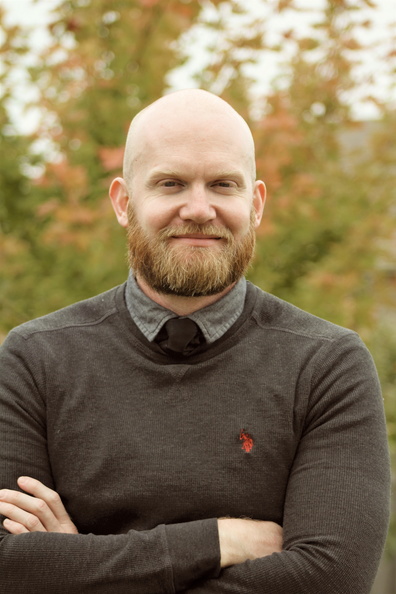
Clay Routledge, PhD, is a leading expert in existential psychology. His work has been featured inn the New York Times, the Wall Street Journal, the Washington Post, the Guardian, the Atlantic, The New Yorker, Wired, Forbes, and more. He is the vice president of research and director of the Human Flourishing Lab at the Archbridge Institute. For more, visit clayroutledge.com.
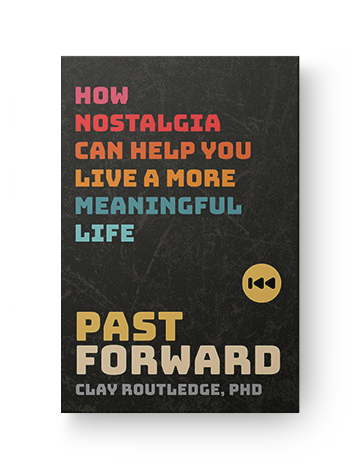
Past Forward
Learn More
Amazon | Barnes & Noble | Bookshop | Sounds True
Calling Team Earth: Ending the Climate Crisis in One G...
Paul Hawken is a world-renowned environmentalist, activist, and author. His works include Blessed Unrest, Drawdown, and Sustainable Revolution. In this episode of Insights at the Edge, Tami Simon speaks with Paul about the call to action in his newest book, Regeneration: Ending the Climate Crisis in One Generation. Paul and Tami discuss the accelerating effects of climate change and how global society might respond. Paul comments on the lack of public engagement with the situation, emphasizing that old and entrenched human behavioral patterns won’t solve the problem. Tami and Paul talk about the nature of social change, resources for everyday climate action, and the fascinating climate-shifting possibilities of the Azolla fern. Finally, they speak on the importance of staying active and joyous even when the scale of the crisis feels overwhelming.



